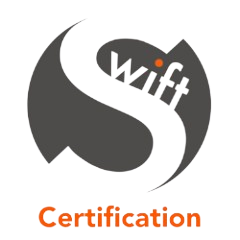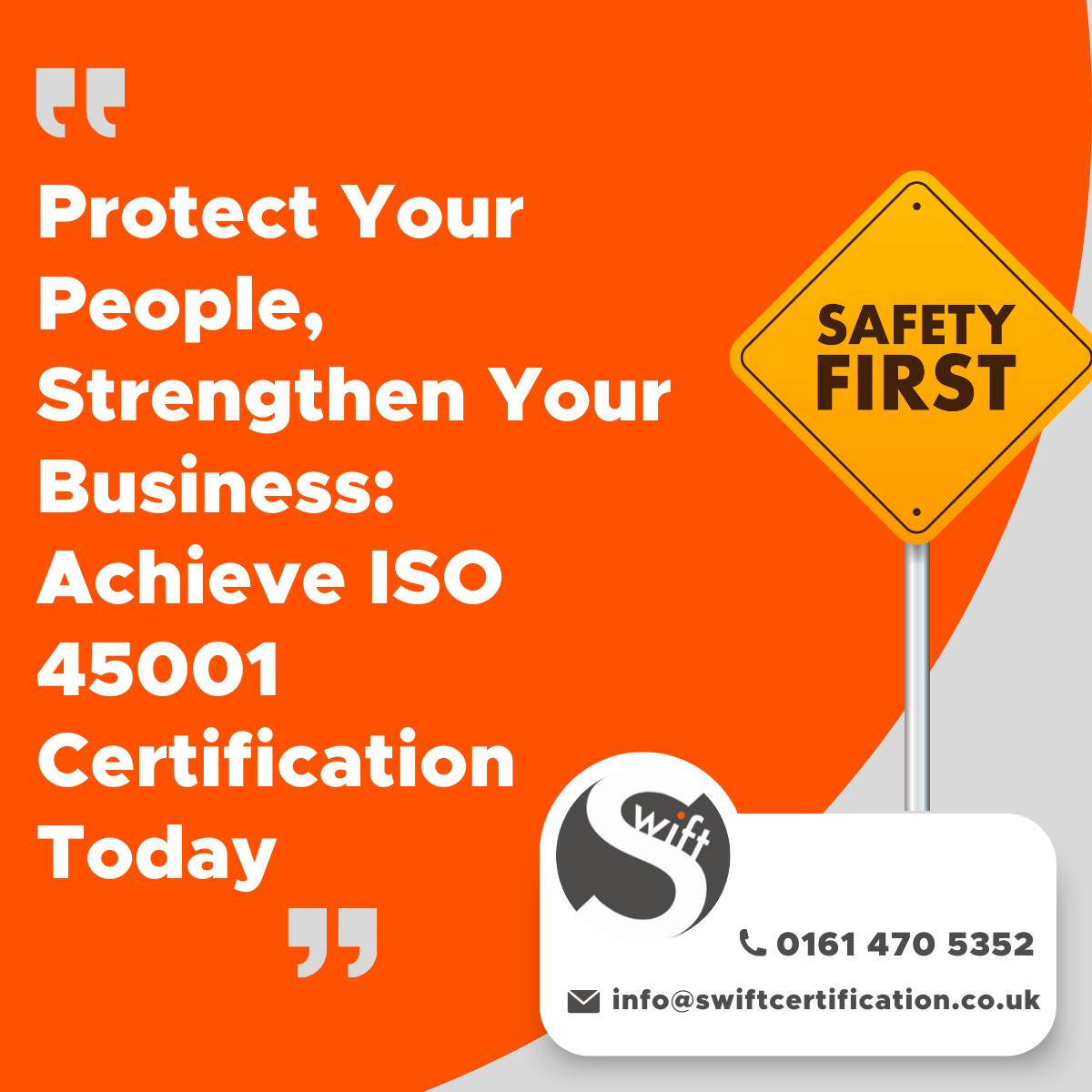ISO 45001, the internationally recognised standard for Occupational Health and Safety (OH&S) Management Systems, provides a framework for organisations committed to protecting the well-being of their employees. Compliance with ISO 45001 not only enhances workplace safety but can also improve operational efficiency, reduce risks, and foster a culture of safety within an organisation. If you’re considering ISO 45001 certification or simply want to align your OH&S practices with best standards, this guide will walk you through the steps to comply with ISO 45001.
Understanding ISO 45001
ISO 45001 provides a systematic approach to managing workplace health and safety. Unlike other standards, ISO 45001 places significant emphasis on leadership involvement and proactive risk management, requiring organisations to identify hazards, assess risks, and implement appropriate controls. It aligns well with other ISO management standards, particularly ISO 9001 (Quality Management) and ISO 14001 (Environmental Management), making it easier to integrate with existing systems.
Steps to Achieve ISO 45001 Compliance
Understand the Requirements of ISO 45001
Begin by reviewing the requirements and framework of ISO 45001. This standard is structured using a high-level format (HLS), which means it shares a similar structure with other ISO management standards. Familiarising yourself with these key areas will help you understand what’s needed:
- Leadership and Worker Participation: Ensures that senior management is committed to OH&S and that employees are engaged in safety initiatives.
- Hazard Identification and Risk Assessment: Requires systematic identification of workplace hazards and assessment of associated risks.
- Legal and Other Requirements: Complies with all relevant occupational health and safety regulations and standards.
- Operational Planning and Control: Implements controls to manage risks effectively.
- Performance Evaluation and Improvement: Regularly monitors and improves the OH&S management system.
Engage Leadership and Obtain Buy-In
Leadership commitment is crucial to ISO 45001 compliance. Top management must demonstrate active involvement in creating a safe workplace, defining OH&S goals, and allocating resources. Effective compliance requires visible support from senior leadership, both in policy and practice. With leadership buy-in, it becomes easier to promote a culture of safety across the organisation and encourage workers to take OH&S initiatives seriously.
Conduct an Initial OH&S Gap Analysis
A gap analysis is essential to understanding where your current health and safety management practices stand relative to ISO 45001. The analysis should cover areas such as risk management, employee training, emergency response, hazard identification, and compliance with legal requirements. Identify gaps and make note of where your current system falls short. This assessment will form the foundation of your action plan to address areas needing improvement.
Develop an OH&S Policy
Develop a clear OH&S policy that aligns with ISO 45001 requirements and reflects your organisation’s commitment to safety. This policy should outline your OH&S objectives, explain your commitment to worker safety, and describe the measures taken to prevent injury and illness. It should be accessible to all employees and serve as a point of reference for OH&S compliance throughout the organisation.
Identify and Assess Workplace Hazards
Conduct a thorough assessment to identify potential hazards across all areas of operation. This includes:
- Physical Hazards: Such as slips, trips, falls, and ergonomic risks.
- Chemical Hazards: Exposure to hazardous substances or chemicals.
- Biological Hazards: Potential risks from exposure to bacteria, viruses, or other biological agents.
- Psychosocial Hazards: Issues related to workplace stress, harassment, and mental health risks.
Once hazards are identified, assess the associated risks and determine appropriate controls. ISO 45001 requires organisations to follow a proactive approach, focusing on preventing incidents before they occur.
Establish Legal and Other Compliance Requirements
To comply with ISO 45001, you must meet all relevant legal, regulatory, and contractual OH&S obligations. This involves identifying applicable laws and regulations in your jurisdiction and regularly updating your knowledge as legislation changes. Ensuring legal compliance not only satisfies ISO 45001 requirements but also mitigates the risk of regulatory penalties.
Set OH&S Objectives and Develop a Risk Management Plan
With ISO 45001, organisations must establish measurable OH&S objectives, such as reducing workplace injuries, increasing safety training, or lowering hazardous exposures. Your objectives should be realistic, time-bound, and aligned with the organisation’s overall goals. Develop a risk management plan that outlines specific actions, responsibilities, and timelines for achieving these objectives. Each objective should have a plan for periodic review and assessment to ensure continuous improvement.
Implement Controls to Mitigate Risks
ISO 45001 encourages organisations to implement a hierarchy of controls to manage risks effectively. This hierarchy includes:
- Elimination: Remove the hazard if possible.
- Substitution: Replace the hazard with something less dangerous.
- Engineering Controls: Design systems that reduce exposure to the hazard.
- Administrative Controls: Implement policies, procedures, and training to reduce risk.
- Personal Protective Equipment (PPE): Use protective gear as a last resort.
Implementing controls in order of effectiveness ensures the highest level of worker protection.
Promote Worker Participation and Training
Worker participation is a core component of ISO 45001. Engage employees in safety initiatives, encourage them to report hazards, and involve them in decision-making where possible. Comprehensive training ensures that all employees understand the OH&S system, know how to identify risks, and are aware of safety protocols. Training should be ongoing, with regular refreshers to address emerging risks or changes in procedures.
Prepare for Emergencies
ISO 45001 compliance requires organisations to have an emergency preparedness plan in place. Develop procedures for responding to emergencies such as fires, chemical spills, or natural disasters. Conduct regular emergency drills to familiarise employees with the protocols and ensure that everyone knows their roles during an emergency. Regularly review and update emergency plans to reflect any changes in the workplace.
Monitor and Measure OH&S Performance
Performance monitoring and evaluation are critical to understanding how effectively your OH&S system is operating. ISO 45001 requires organisations to establish KPIs and track data related to incident rates, near misses, training completion, and other safety metrics. Use audits, inspections, and worker feedback to assess compliance and identify areas for improvement.
Conduct Internal Audits and Management Reviews
ISO 45001 mandates regular internal audits to ensure the system’s effectiveness and compliance. Conduct audits periodically to verify that your OH&S management practices meet ISO 45001 requirements. These audits should be followed by a management review, where senior leaders evaluate the system’s performance and determine any adjustments needed for continuous improvement.
Commit to Continual Improvement
A cornerstone of ISO 45001 is its focus on continual improvement. Based on audit findings, performance data, and feedback, develop improvement plans to enhance the OH&S management system. By fostering a culture of continual improvement, you ensure that your organisation remains responsive to changing risks, regulations, and worker needs.
Benefits of ISO 45001 Compliance
Achieving ISO 45001 compliance not only enhances workplace safety but also brings numerous benefits to your organisation:
- Enhanced Employee Well-being: ISO 45001 helps create a safer, healthier workplace, leading to higher morale, job satisfaction, and retention.
- Reduced Incidents and Costs: Effective risk management minimises accidents and associated costs, such as medical expenses, lost productivity, and legal liabilities.
- Regulatory Compliance: ISO 45001 ensures compliance with health and safety laws, reducing the risk of fines and penalties.
- Competitive Advantage: Certification demonstrates your commitment to safety, boosting your reputation and helping attract clients, partners, and talent.
Operational Efficiency: ISO 45001 promotes a structured approach to safety, reducing disruptions and improving operational efficiency.
Final Thoughts
Achieving compliance with ISO 45001 requires a systematic approach, but the effort is well worth the outcome. Not only does it ensure a safer workplace for employees, but it also positions your business as a leader in occupational health and safety. Through leadership commitment, effective risk management, and continuous improvement, your organisation can build a resilient OH&S system that benefits employees, boosts operational efficiency, and enhances reputation.
Remember, compliance is an ongoing process. By embracing ISO 45001 principles and fostering a culture of safety, your organisation can make a lasting impact on employee well-being and overall business performance.




